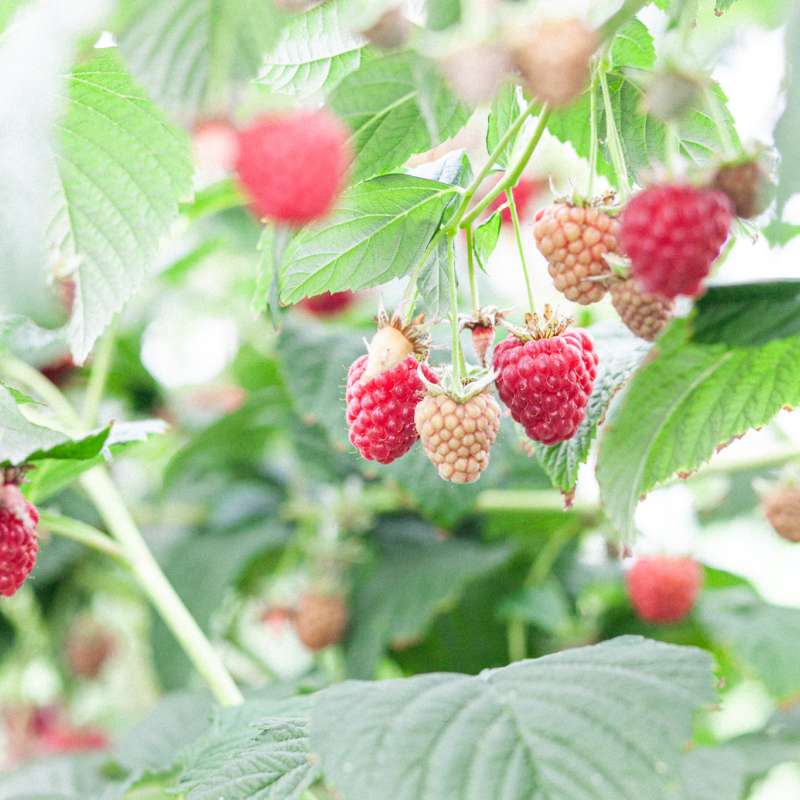Vinh Hong Le
Sjefingeniør
Sammendrag
Det er ikke registrert sammendrag
Sammendrag
Det er ikke registrert sammendrag
Forfattere
Dalphy Ondine Camira Harteveld Ola Sigurd Øygard Dale Håvard Vedå Vinh Hong Le Jorunn Børve Torfinn Torp Arne StensvandSammendrag
Det er ikke registrert sammendrag

